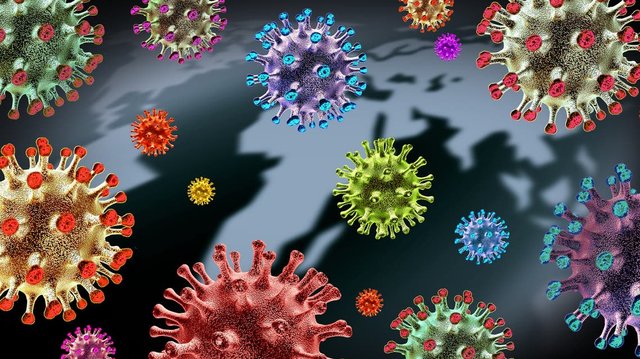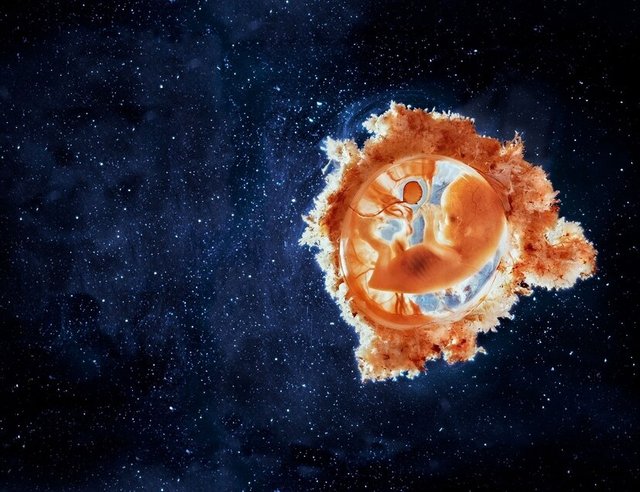
A retrovirus is a plague with an RNA genome that operates backward from the same old direction (for this reason retro). Instead of the usage of DNA to make RNA, which then serves as a messenger despatched to the 3-D printer to make proteins, those viruses use their RNA to make DNA after which combine it into the genome of the inflamed mobileular. HIV, for example, is a retrovirus that infects human immune cells, placing its genome into the mobileular genome, wherein it could lie dormant. At a few point, the viral DNA receives activated, turning into a template for A retrovirus is a plague with an RNA genome that operates backward from the same old direction (for this reason retro). Instead of the usage of DNA to make RNA, which then serves as a messenger despatched to the 3-D printer to make proteins, those viruses use their RNA to make DNA after which combine it into the genome of the inflamed mobileular. HIV, for example, is a retrovirus that infects human immune cells, placing its genome into the mobileular genome, wherein it could lie dormant. At a few point, the viral DNA receives activated, turning into a template for manufacturing of many greater HIV virions, which kill the mobileular as they arrive exploding out.
Here’s the huge twist: Some retroviruses infect reproductive cells—the cells that produce eggs or sperm—and in doing that, they insert their DNA into the heritable genome of the host. Those inserted stretches are “endogenous” (internalized) retroviruses, and whilst integrated into human genomes, they may be referred to as human endogenous retroviruses (HERVs). If you recall not anything else from this article, you may need to recall that eight percentage of the human genome includes such viral DNA, patched into our lineage through retroviruses over the route of evolution. We are every one-12th HERV. The gene syncytin-2 is a number of the greater consequential of these patches.

For 4 hours I sat in Heidmann’s workplace even as he defined to me, with a computer at his elbow for mentioning graphs and charts, the starting place and the features of this unique gene. The essence is nearly simple. A gene that at the start helped a plague fuse with host cells discovered its manner into historical animal genomes. It become then repurposed to generate a comparable protein that enables fuse cells to create a unique shape round what have become the placenta, beginning a brand new opportunity in a few animals: inner pregnancy. That innovation become hugely consequential in evolutionary records, making it viable for a girl to hold her growing offspring from location to location, interior her body, in preference to leaving them susceptible in a single location, as eggs in a nest.
The first gene of this kind from an endogenous retrovirus sooner or later become changed through others that have been comparable however higher perfect for the function. Over time, the layout of this new mode of replica stepped forward and the placenta evolved. Among those received viral genes is syncytin-2, one in all syncytins in human beings assisting to fuse cells to shape a placental layer subsequent to the uterus. That precise shape, mediating among mom and fetus, lets in vitamins and oxygen in, consists of waste merchandise and carbon dioxide out, and possibly protects the fetus from being attacked through the mom’s immune system. It’s a close to miracle of green layout, wherein evolution fashioned a viral issue right into a human issue.
Heidmann and I broke for lunch after which resumed for any other hours. Finally, my mind buzzing, my pocket book full, I requested him: What does all of it say approximately how evolution works? He laughed with delight, and I laughed too, from amazement and fatigue.
“Our genes aren't simplest our genes,” he said. “Our genes also are retroviral genes.”
The contribution of that retrovirus, giving us syncytin-2, is simplest one example of a grand pattern. Another is the gene ARC, expressed in reaction to neuronal hobby in mammals and flies. It carefully resembles a retroviral gene that codes for a protein capsid. Recent studies through numerous teams, together with one led through Jason Shepherd on the University of Utah, indicates that ARC performs a key function in storing facts inside neural networks. Another phrase for that: memory. ARC appears to do it through packaging facts derived from experience (embodied as RNA) into little protein sacs that bring it from one neuron to any other.
And on the Stanford University School of Medicine, Joanna Wysocka, in conjunction with a set of colleagues, has discovered proof that viral fragments produced through any other human endogenous retrovirus, referred to as HERV-K, are gift inside human embryos on the earliest level and may play a few high quality function in protective the embryo from viral infection, or in assisting manage fetal development, or both. Further, her organization has targeted on a specific transposon that appears to have entered the human genome as a type of prologue phase of HERV-K, then discovered approaches of copying itself and bouncing to different components of the genome, in order that it’s now found in 697 scattered copies. Those copies appear to assist switch on nearly three hundred human genes.
To me what's in reality mind-boggling,” Wysocka said, “is that HERVs are approximately eight percentage of the human genome,” a part of our being this is essentially “the graveyard of preceding retroviral infections.” It’s even greater boggling to ponder how, as Wysocka placed it, “our records of beyond retroviral infections is persevering with to form our evolution as a species.”
If eight percentage of your genome and mine is retroviral DNA, and 1/2 of is transposons, then perhaps the very belief of human individuality (not to mention human supremacy) isn't always as stable as we love to believe.
The drawback of such evolutionary agility, of route, is that viruses can every so often transfer hosts, tumbling from one form of creature into any other and succeeding as pathogens withinside the unexpected new host. That’s known as spillover, and it’s how maximum new human infectious sicknesses arise—with viruses received from a nonhuman animal host.
In the unique host—recognized to technological know-how as a reservoir host—a plague may also have abided quietly, at low abundance and occasional impact, for lots of years. It may also have reached an evolutionary lodging with the reservoir host, accepting safety in alternate for inflicting no trouble. But in a brand new host, which includes a human, the vintage deal doesn’t always hold. The virus may also explode in abundance, inflicting pain or distress in that first victim. If the virus now no longer simplest replicates however additionally manages to spread, human to human, amongst some dozen different individuals, that’s an outbreak. If it sweeps via a network or a country, that’s an epidemic. If it encircles the world, it’s a pandemic. So now we’re returned to SARS-CoV-2.
Got sources?
Downvoting a post can decrease pending rewards and make it less visible. Common reasons:
Submit